The government of Catalonia, an autonomous region in northeastern Spain, has declared a state of emergency as it suffers from an extreme drought. Catalonia includes the city of Barcelona, which is the sixth-largest metropolitan area in the EU.
As Catalan government officials work to fight this drought, they’ve made ample moves to try to store some of their dwindling water reserves. They’ve also warned that this drought could be difficult in the coming months and years.
Catalonia’s State of Emergency
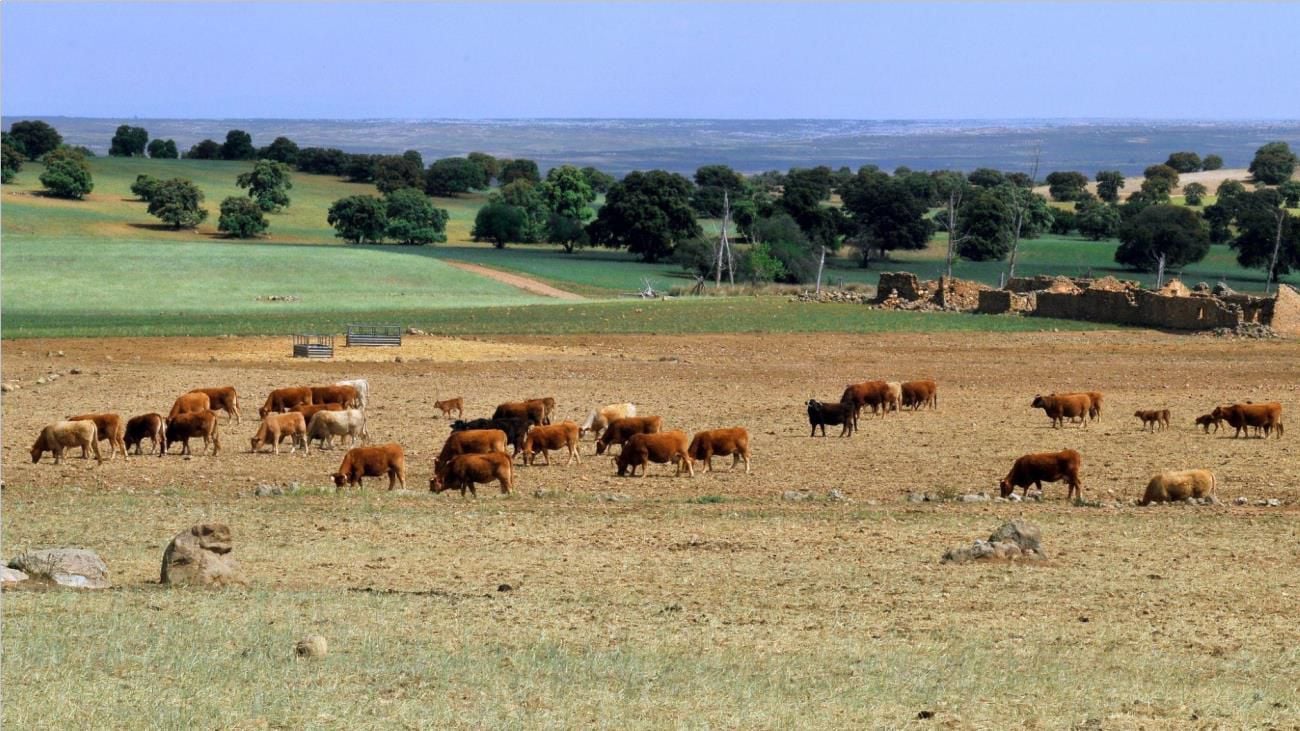
According to The Guardian, the Catalan government has stated that this current emergency is the “worst drought in modern history.”
Pere Aragonès, the Catalan president, explained that some areas of Catalonia have not seen rain in three years — or more than 1,000 days. The drought has become prolonged, and now the government is working to try to deal with this worrisome state of emergency.
Water Reserves Fall

“Catalonia is suffering the worst drought in the last century, we have never faced such a long and intense drought since rainfall records began,” Aragonès explained.
As a result of the drought, the water reserves that are made up of the two biggest rivers in Catalonia have fallen to 16%. This fall quickly resulted in the government announcing a state of emergency, with the president explaining how difficult this drought has made things.
Water Restrictions in Place
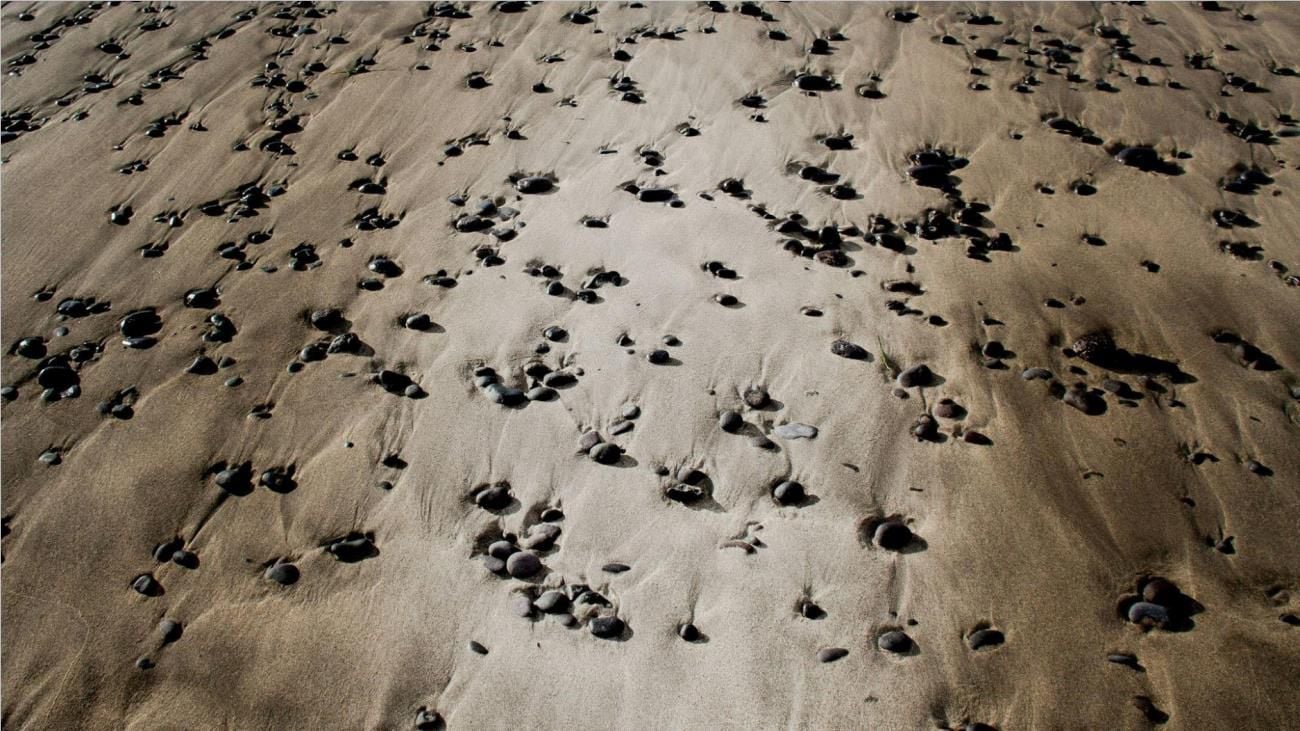
Because of this drop in the reserves, the government has put various water restrictions in place. Public pools and beach showers have now been completely shut down. Agricultural irrigation systems will also have a 20% reduction.
Many water restrictions had already been put in place throughout the Catalonia region, as the drought has been ongoing for three years. However, these recent restrictions will now be extended to all of Barcelona.
Barcelona Water Restrictions

In Barcelona, residents will only be allowed to use 52 gallons of water a day, per person. The Catalan government has hinted that these water restrictions could go further as they try to tackle the drought.
Therefore, if nothing improves, Barcelona citizens will have their water restricted to 47.5 gallons of water a day per person. If the government still cannot get ahead of this water drought, or replenish their water reserves, then the restrictions will be tightened even more.
Water Reserves Fall at an Increased Rate
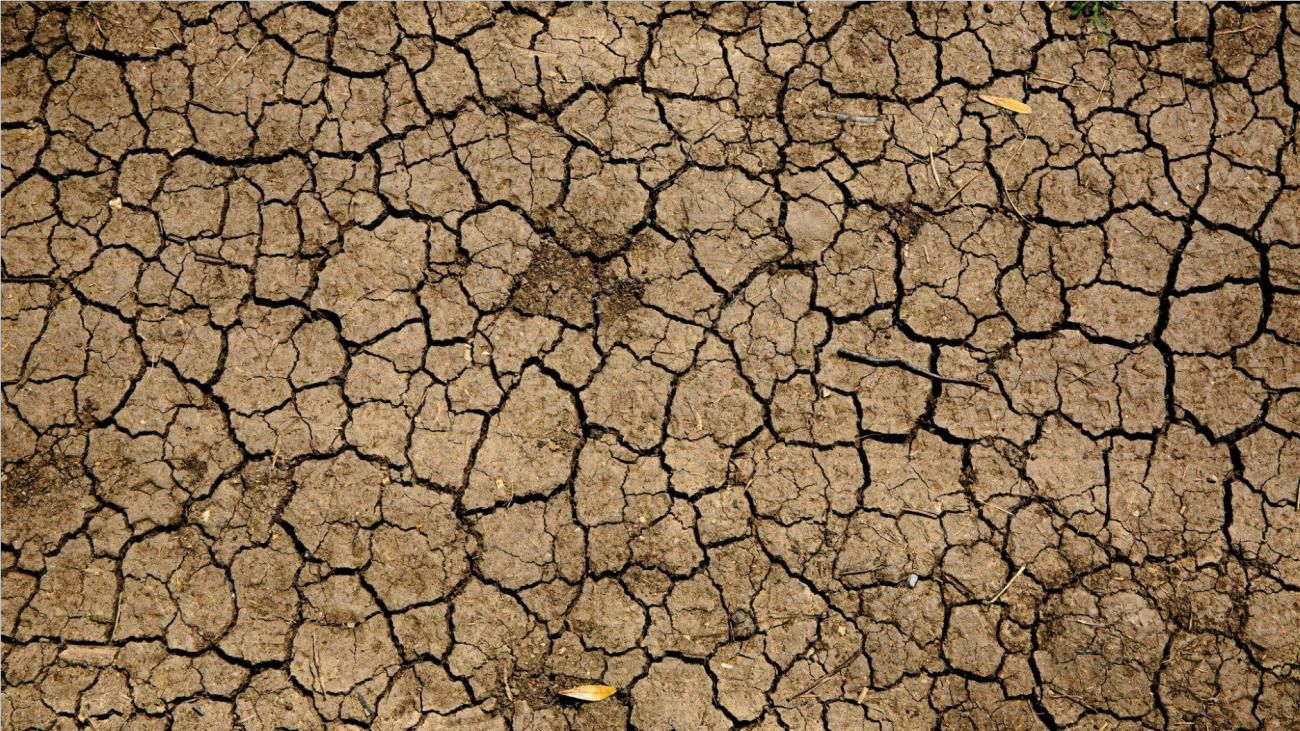
While the drought has brought about many worries, the Catalan government remains extremely concerned about the rate at which the water reserves have fallen. In November of 2022, the reserves were at 35%. Restrictions were in place then. They believed they could stop the reserves from falling even more.
Unfortunately, this was not to be, as the reserves are now at 16% capacity — down more than 50% since 2022.
The European Heat Wave
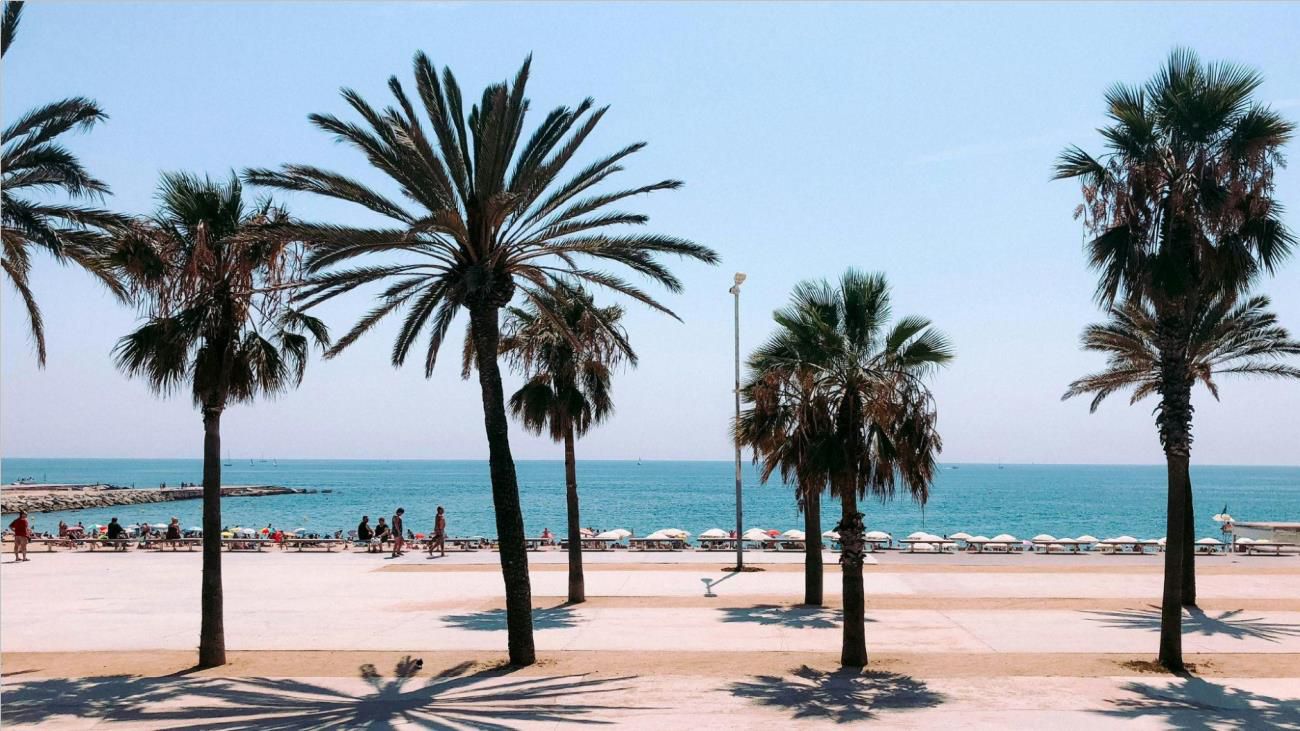
Regrettably, Catalonia did not receive any of the rain that some of the other European nations got as they strived to recover from the heat wave and drought experienced in the summer of 2023.
Now, Catalonia hasn’t had much of a break in any way as the government struggles to adapt to this ongoing drought.
A Change in Climate
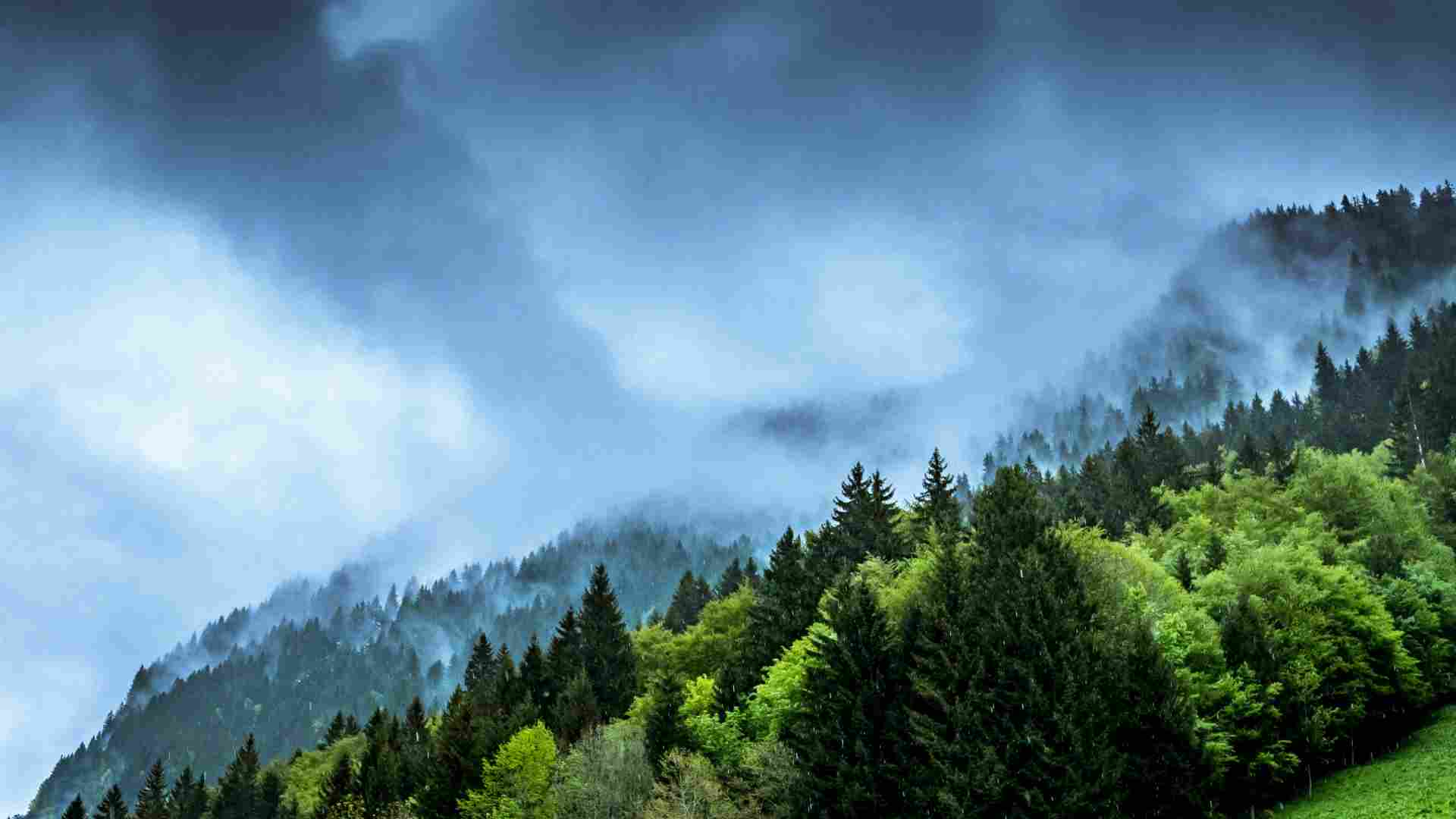
Spain and Catalonia are no strangers to drought. However, many climatologists believe that these droughts are becoming much longer — and rainfall is becoming much rarer. As climate change continues to heat the planet, these types of droughts in Catalonia may become the new normal.
“We are entering a new climate reality,” Aragonès said. “It is more than likely we will see more droughts that will be both more intense and more frequent.”
Why Does Climate Change Cause Droughts?
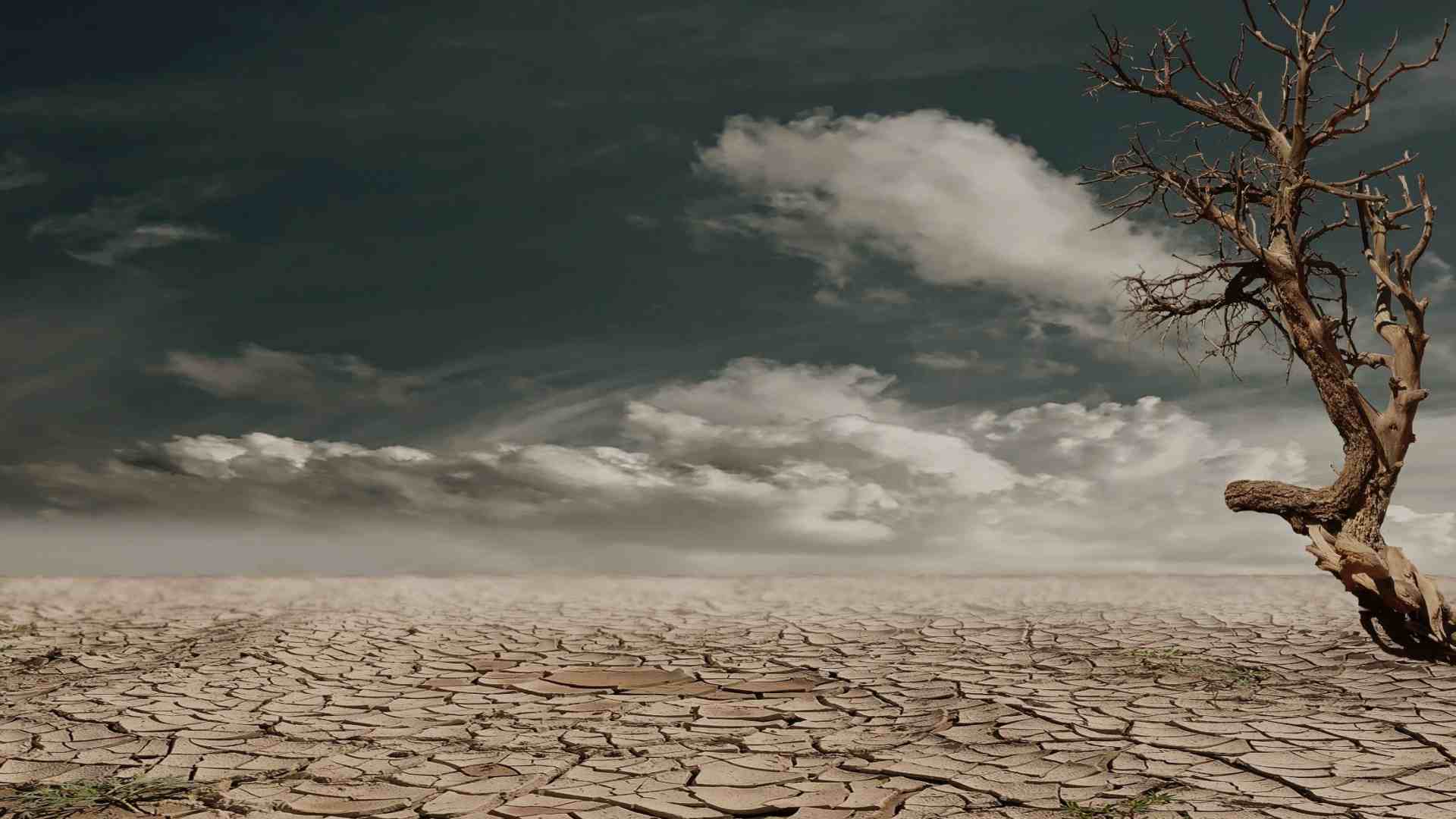
Climate change is a major contributor to the increasing frequency and duration of droughts because warmer global temperatures mess with the water evaporation cycle.
As temperatures rise there is a greater amount of evaporation that goes on. Because of drier conditions, the soil and plants will also dry out. This means even when it does rain again less of the water is sticking around.
The Seriousness of Droughts Worldwide
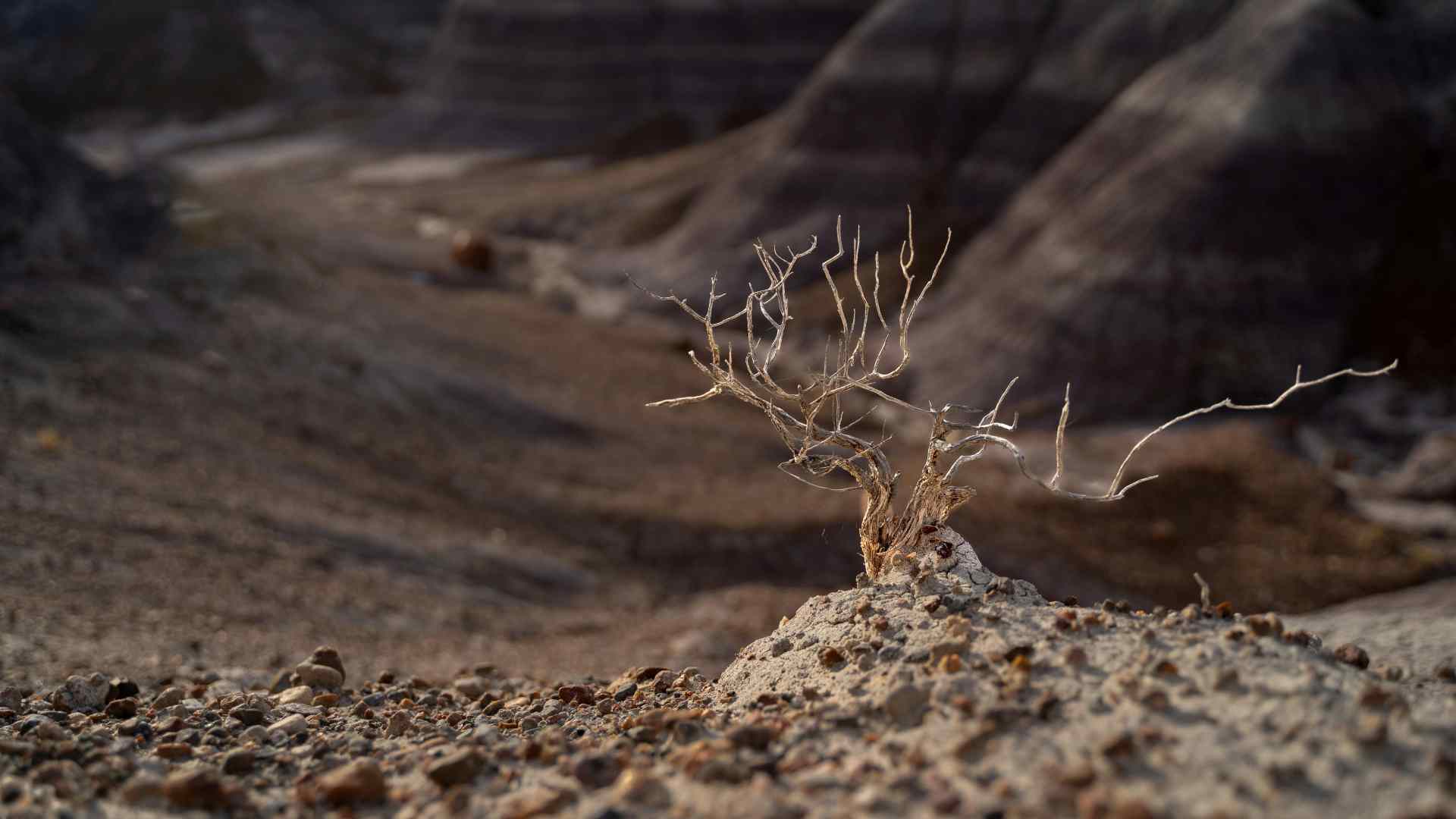
The danger posed by droughts doesn’t only just exist in Spain and Catalonia.
The World Health Organization estimates that nearly 55 million people are affected by the consequences of droughts every year. 40% of the population on the planet goes through water scarcity and a staggering 800 million people are predicted to be at risk of being displaced by droughts by the year 2030.
Climate Change Doesn’t Just Affect Dry Regions
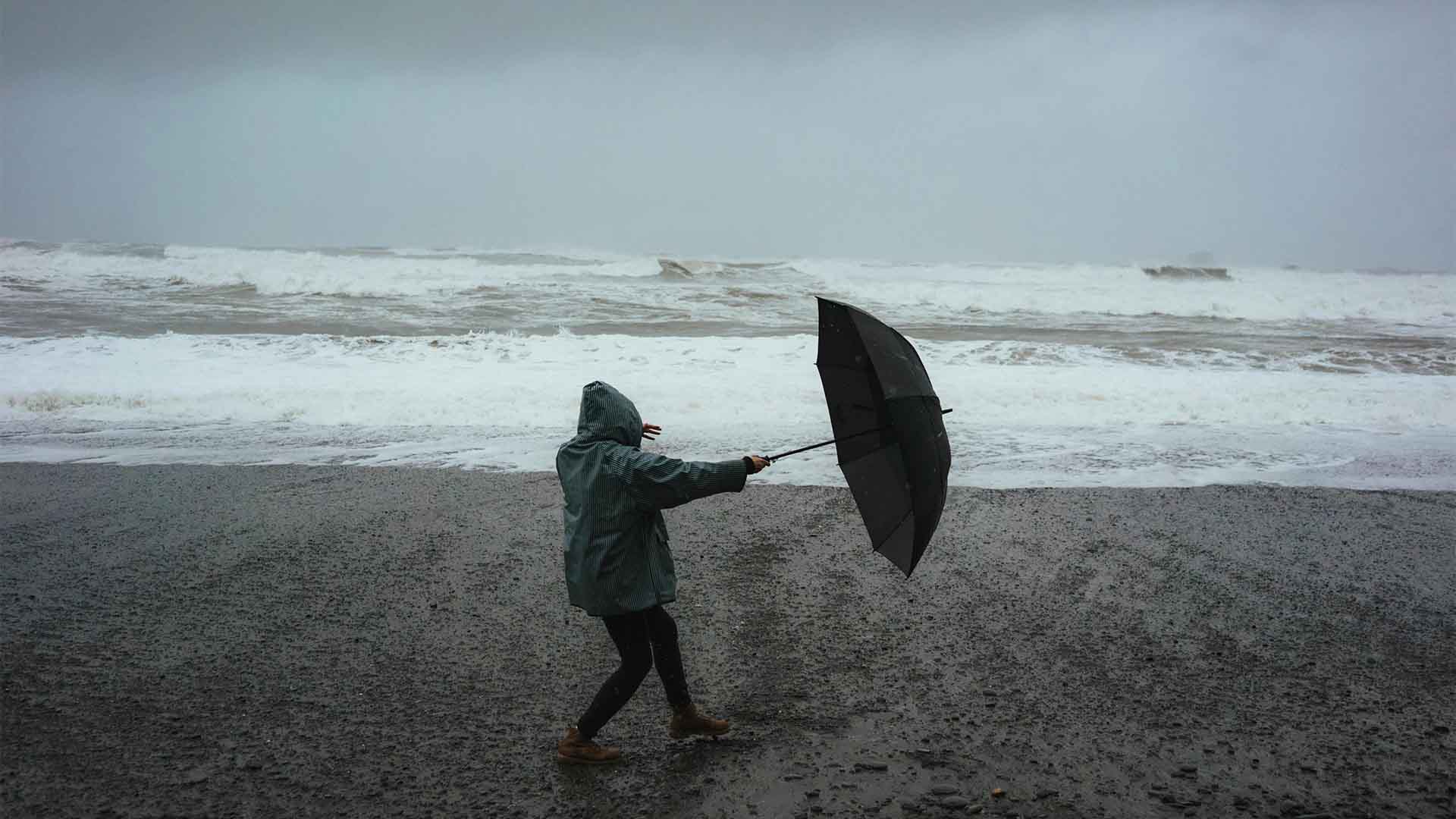
While dry regions are getting drier every year because of climate change, wet regions are facing the opposite problem. In these wet regions, flooding becomes more common, as do severe storms that can displace the people and animals living in the region.
Approximately 80 to 90% of natural disasters documented in the past 10 years have been the results of floods, droughts, heat waves, storms, or tropical cyclones.
Narrative Around Global Drought
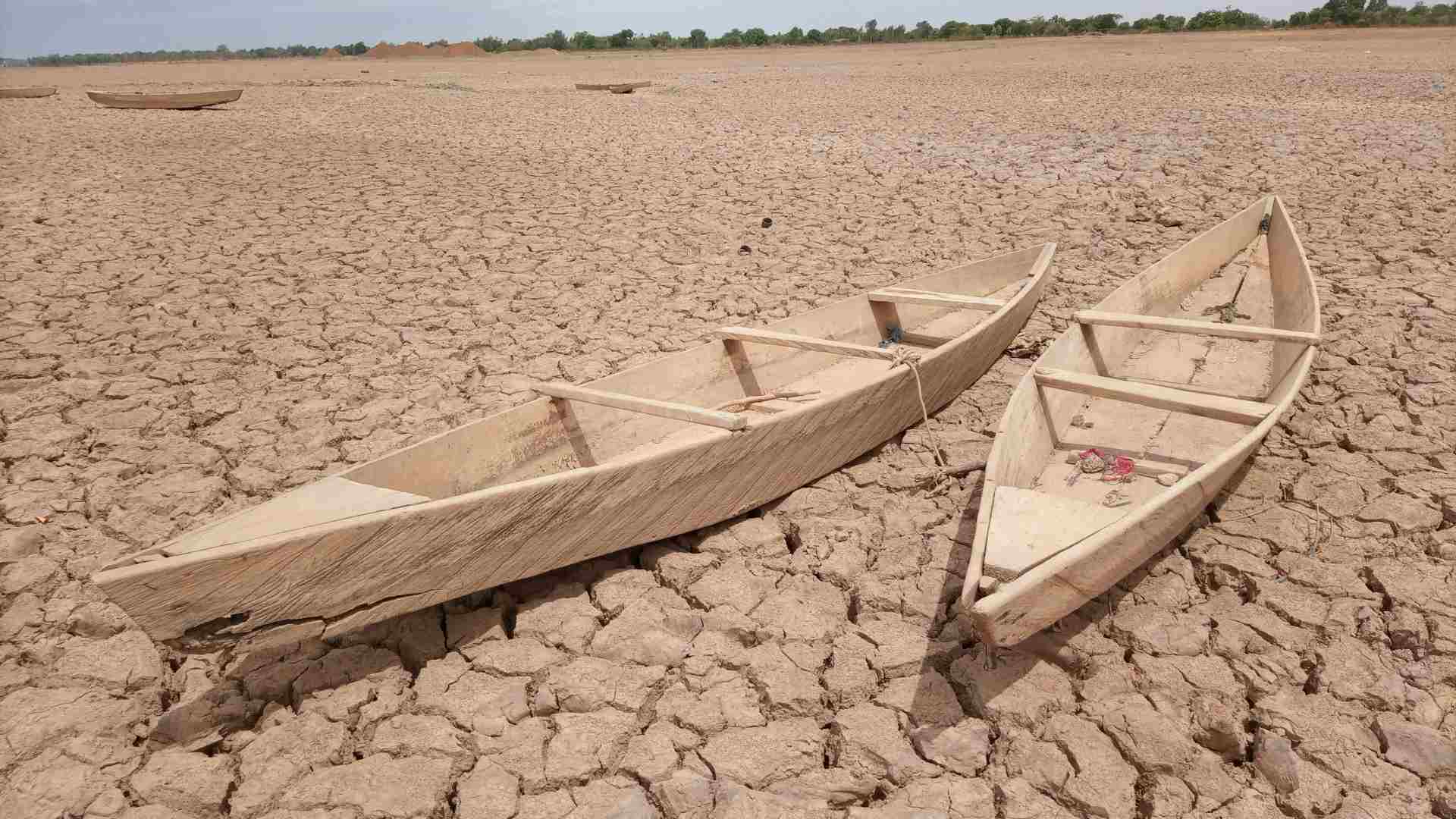
The National Centers for Environmental Information report from January 2024 found that global drought conditions are continuing across a significant portion of South America, Africa, and Asia.
“A significant portion of the world’s agricultural lands was still suffering from low soil moisture and groundwater levels, and satellite observations showed stressed vegetation on all continents. The GEOGLAM Crop Monitor indicated that agriculture was most threatened in parts of Central and South Americas, Africa, Europe, and southern Asia” the report said.
Droughts and Crops

As one may expect droughts, pose a significant risk to human crop-growing and the global food supply.
As areas of the world become drier, it becomes increasingly difficult for the soil to retain water. The quality of the soil starts to deteriorate and loses the essential minerals and elements needed to sustain a healthy growing season.
Downstream Effects of Crop Failure
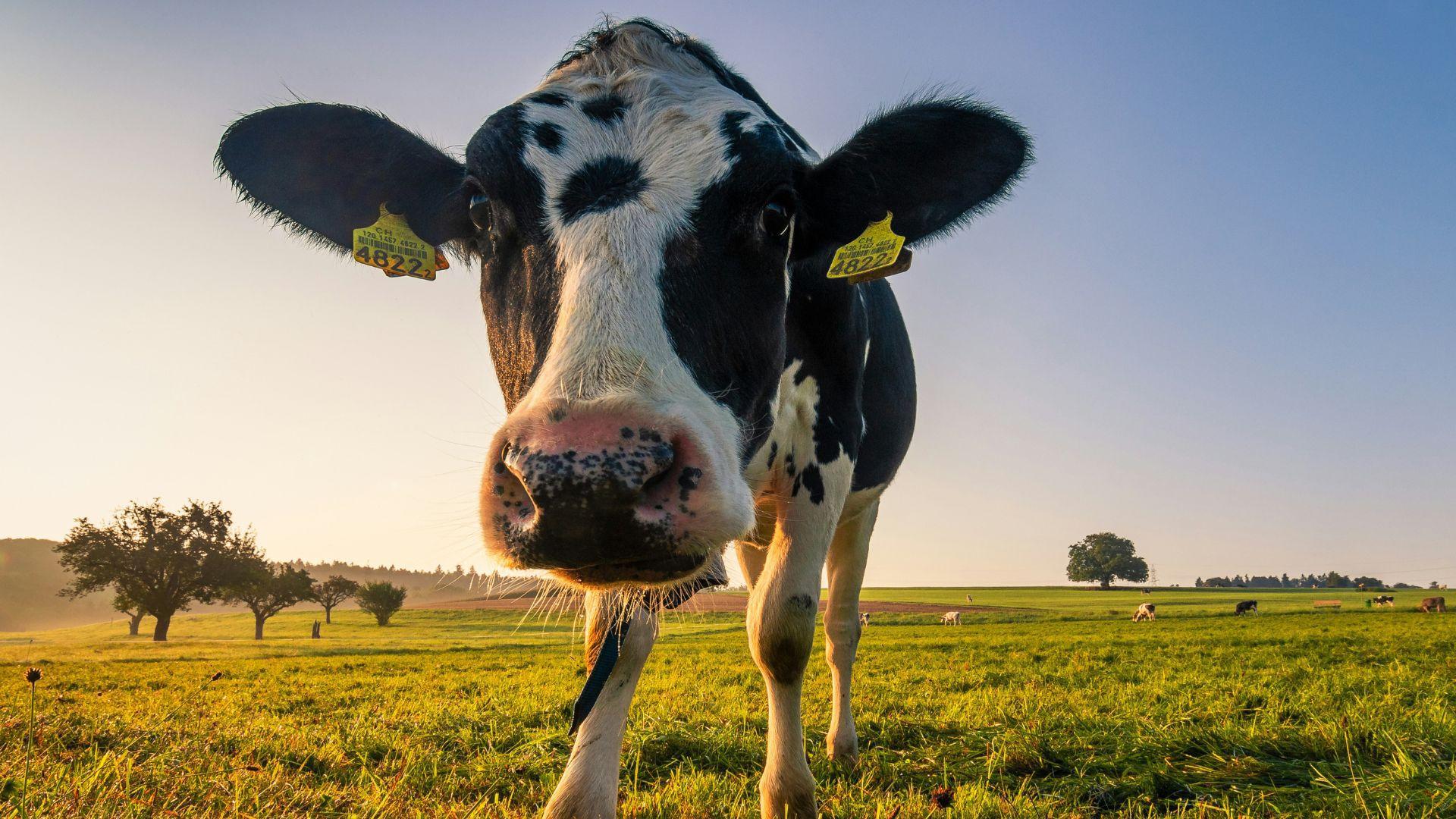
As the soils in growing areas start to deteriorate, it can result in a huge decline in the quality of crop yields. This can have far-reaching effects on many industries.
The city of Chicago reported issues with grain and forage quality in pastures. This resulted in ranchers being increasingly unable to raise livestock and produce animal products.
Ocean Swell

While it may seem counterintuitive, warmer temperatures and increased evaporation are causing sea levels to rise.
While plenty of water is being taken away because of evaporation, more is being added to the oceans because of melting glacier ice. All these tons of ice added to the ocean causes it to rapidly expand. NASA reports that sea level variations in the modern day are at unprecedented levels not seen for over 2,500 years.
Catalonia’s Sea Struggles
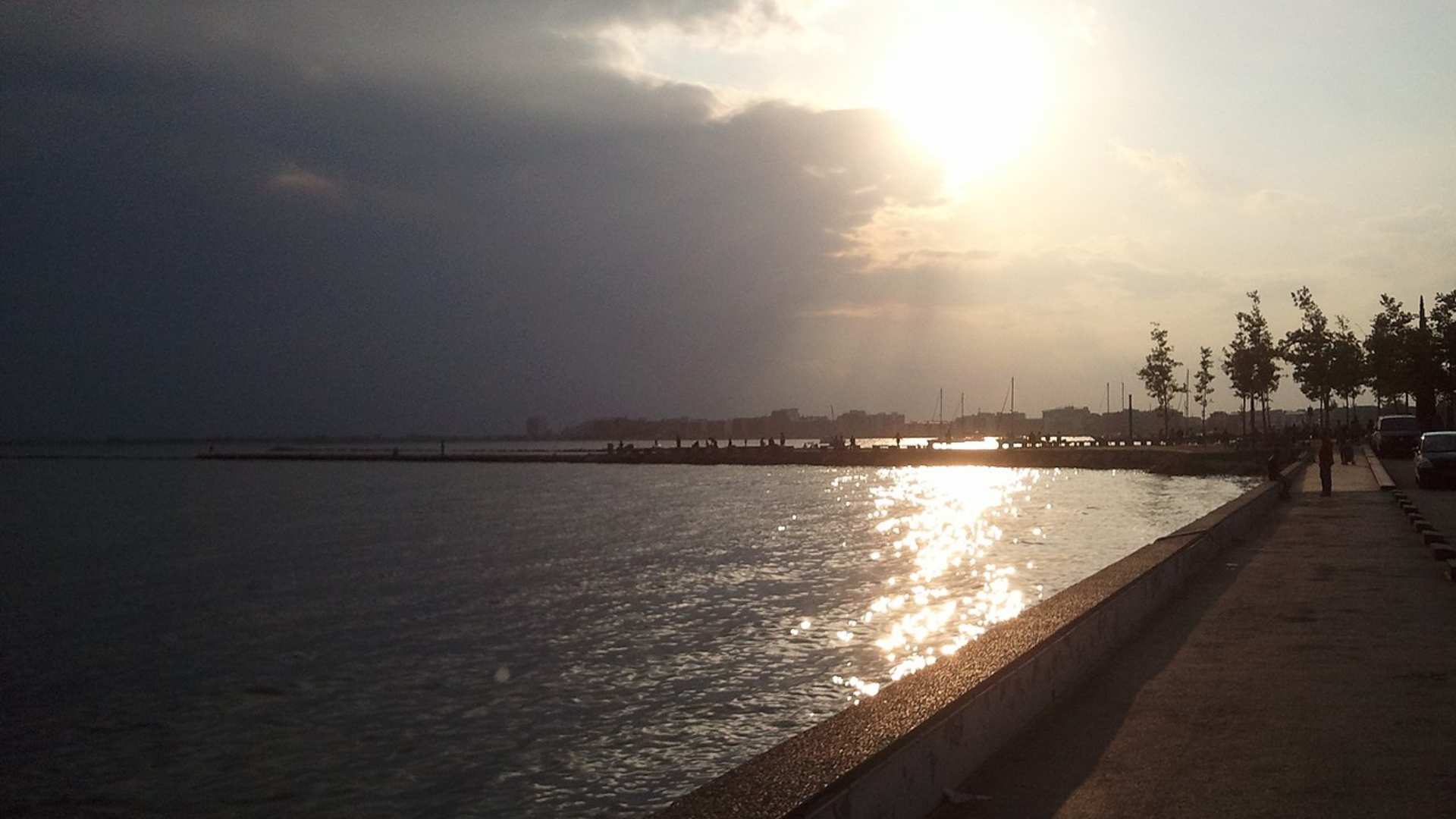
The country of Catalonia is located directly adjacent to the Balearic Sea. Storms off the Catalan coast have become increasingly hazardous.
Flash floods cause major damage and coastal storms are rolling in constantly. Because of these tendencies, coastal zones are some of the highest-risk areas in the world for people to live in.
Trouble in Catalonia

Catalonia’s problems with droughts and climate change are not a recent thing.
Back in early 2023, the BBC published a report emphasizing how this drought in Catalonia is the worst in decades and climate change was to blame. At the time, the water level had dropped below 10% of capacity while officials worried about contamination by silt.
Things Haven’t Improved
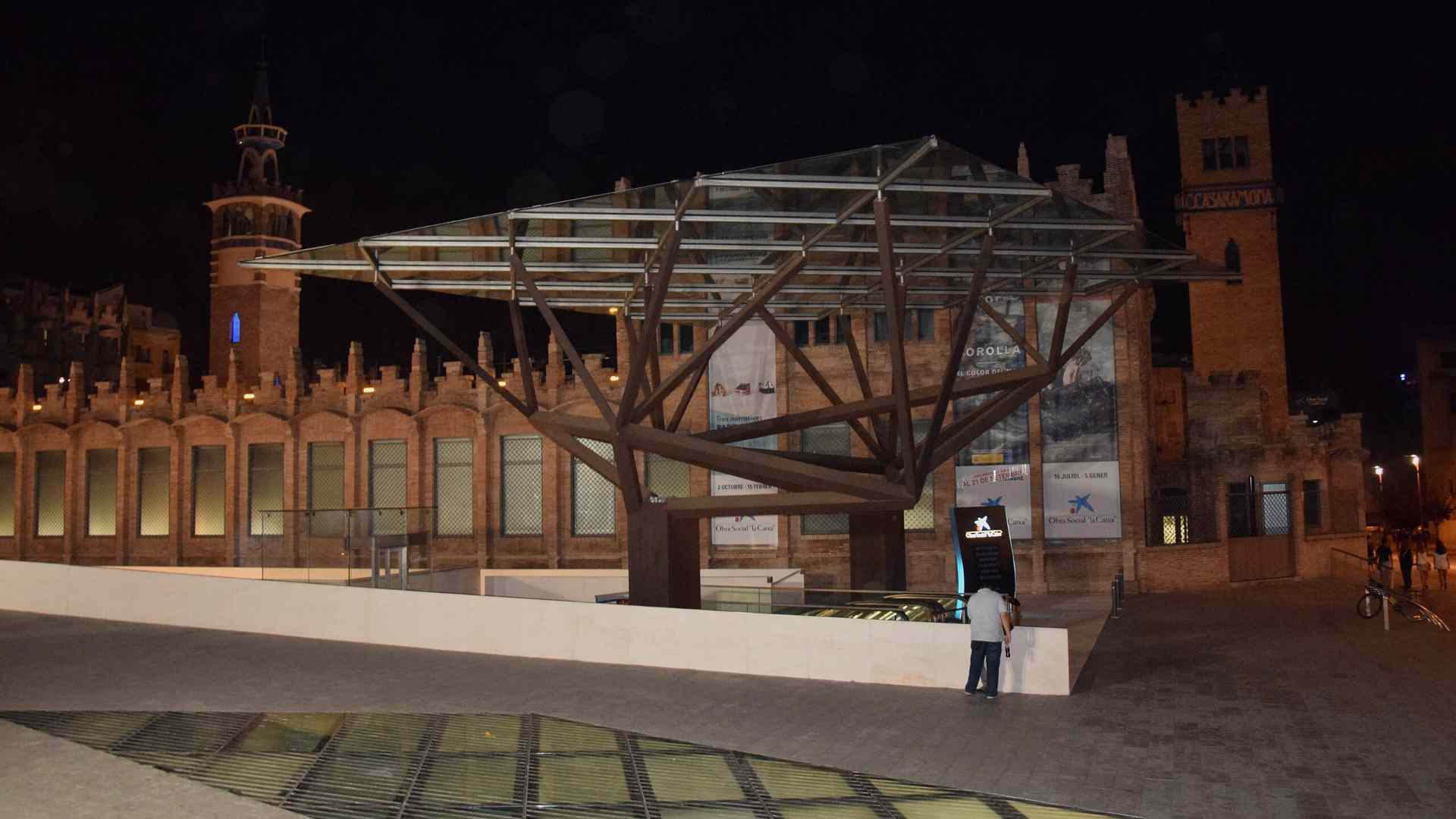
In 2023, Samuel Reyes, the director of the Catalan Water Agency talked about the dangers of low water levels, which haven’t seen improvement.
“We are trying to transfer the water as quickly as we can because the quality right now in the winter was good [but] in the spring it will become really, really bad, and we’re trying to extract all the fish we can find there,” he said.
Empty Reservoir
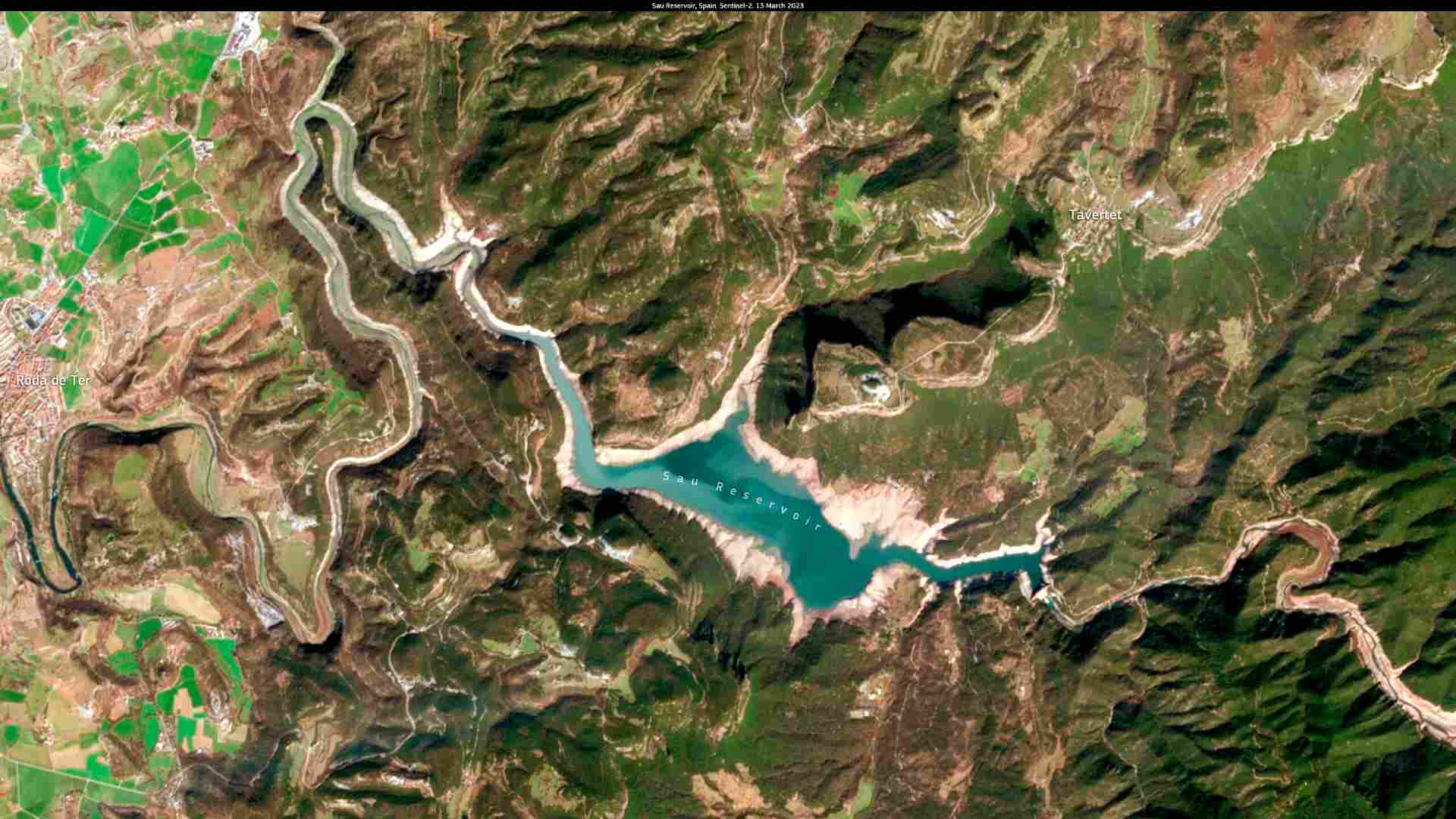
Catalonia resident Agustin Torrent commented in 2023 how he had never seen things so bad in his life.
“I’ve never seen it so empty. “It’s sad when you’ve seen [the reservoir] full before. But that’s the way it is. It’s climate change and anyone who says it doesn’t exist, I don’t know what you can say to them,” Torrent said.
Things Need to Change
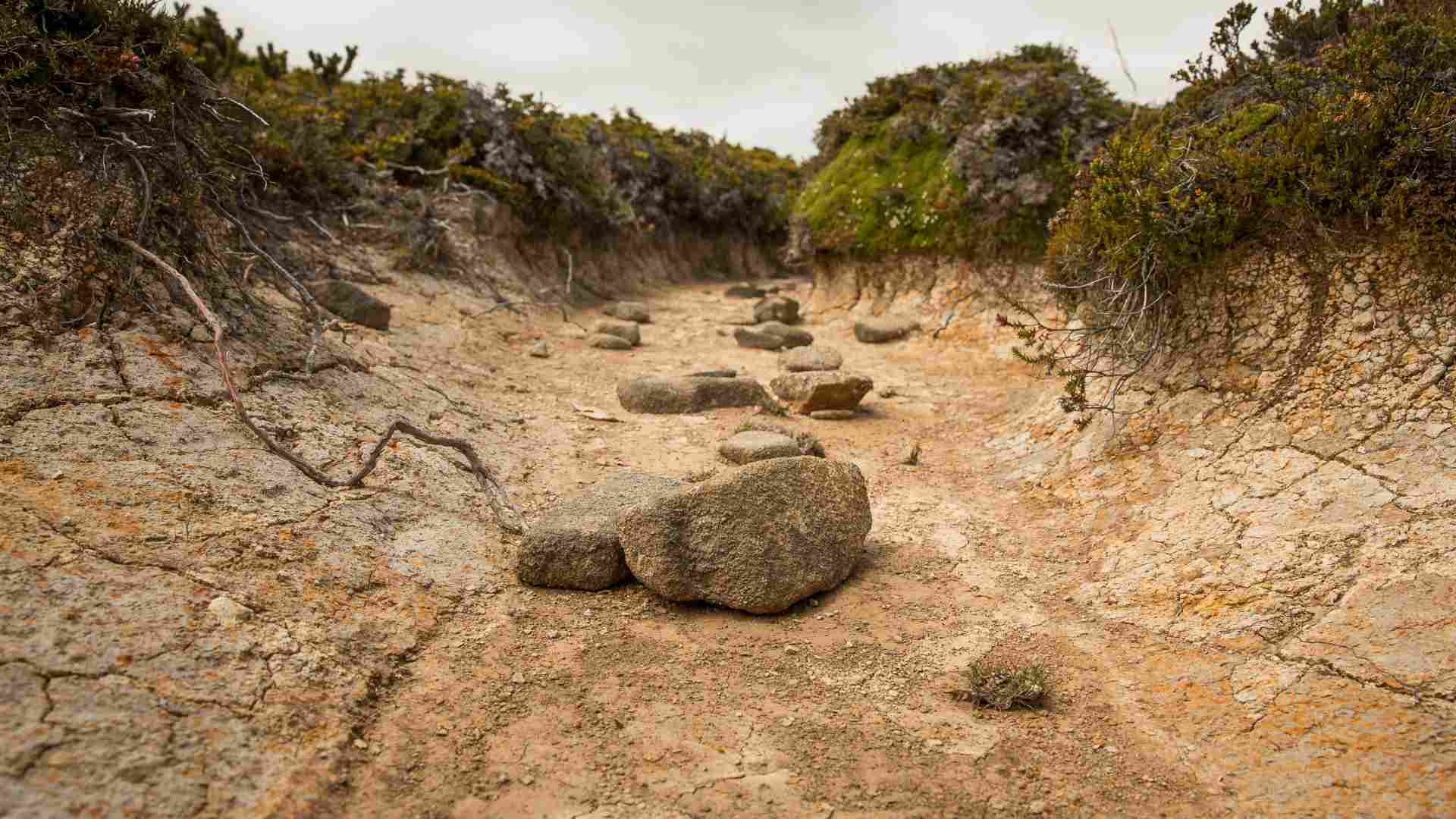
In late January, Bloomberg reported that Catalonia is trying to enact a plan to end its dependency on rainwater.
The government is recognizing that it lives in a new climate reality and that the whole system needs to change so something like this doesn’t happen again. Officials set an ambitious goal to end this dependency by 2030, but such a timeline seems optimistic.
Barcelona’s Desalination Plant

Many experts admit that Barcelona’s water problem would be much more severe if the city did not have Europe’s largest desalination plant. This plant provides the city’s residents with about a third of their drinking water.
However, desalination plants do have drawbacks, as they use a lot of energy. These plants are also linked to the heating up of the planet — one of the main reasons experts say this drought continues.
The Creation of New Desalination Plants
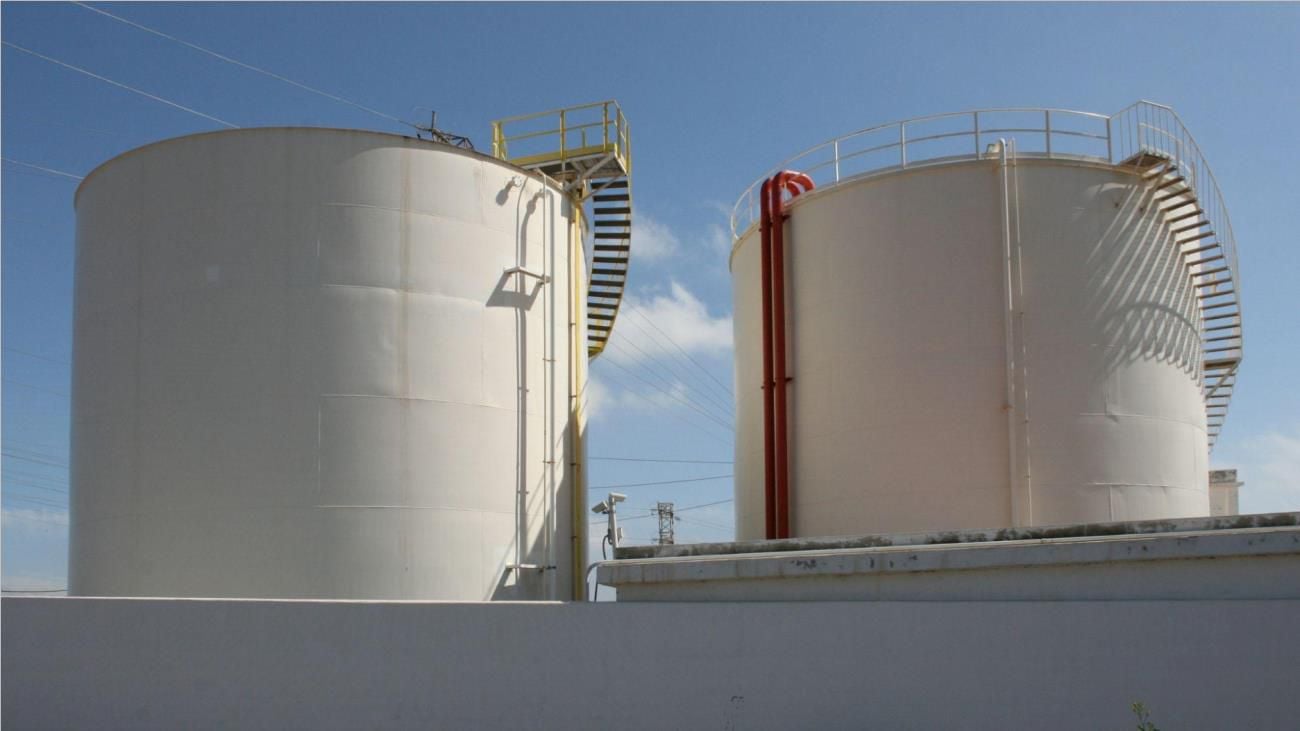
To help fight the expectation of more droughts in the future, Spain has already invested more than $500 million in the construction of two new desalination plants. One plant will be north of Barcelona, while the second will be to the city’s south.
With more of these desalination plants, more water will be able to spread throughout the region. This can greatly help in times of drought.
No Immediate Aid
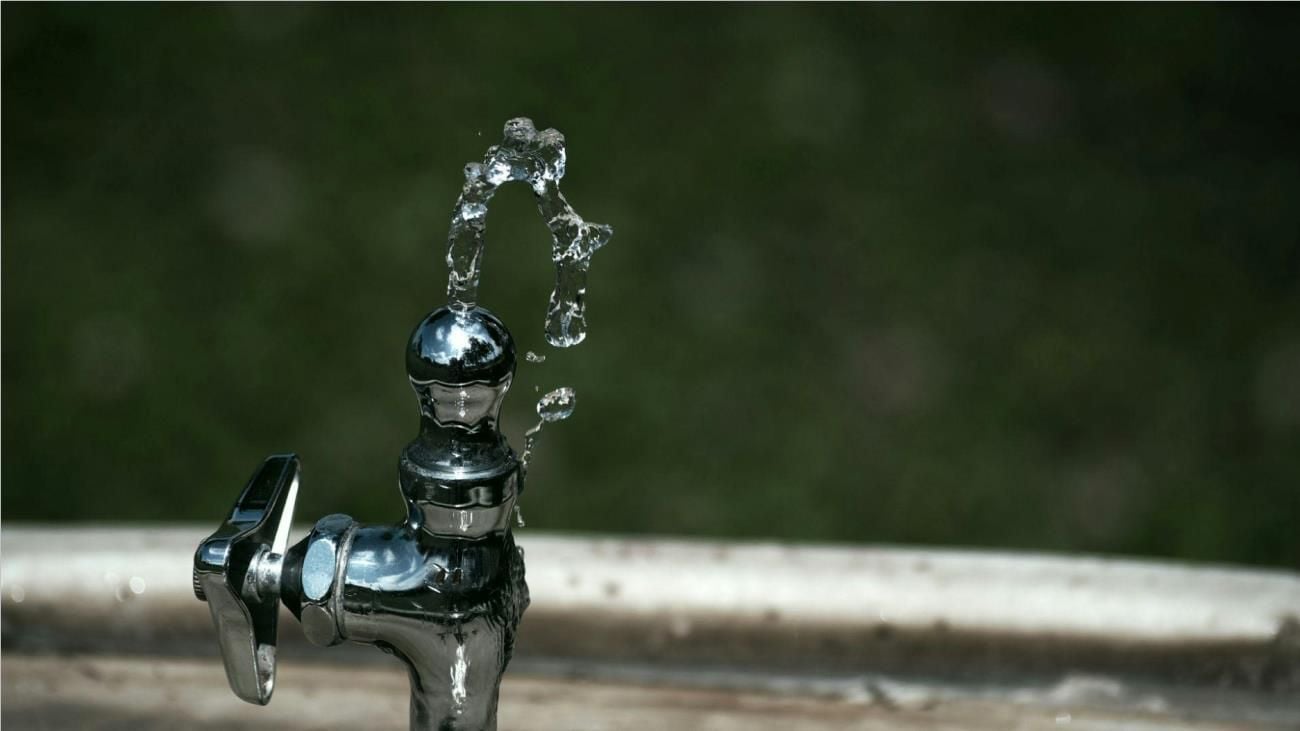
Unfortunately, these two plants won’t begin to fully operate until 2028 and 2029. As a result, the residents of Barcelona, and those throughout Catalonia, will not benefit from these constructions immediately during this current drought.
Therefore, there isn’t a lot of instant aid to help the region. However, the Spanish government did recently announce that they would ship around 10.5 million gallons of water to Catalonia from a desalination plant in Valencia.
Worries Over Drought Heighten
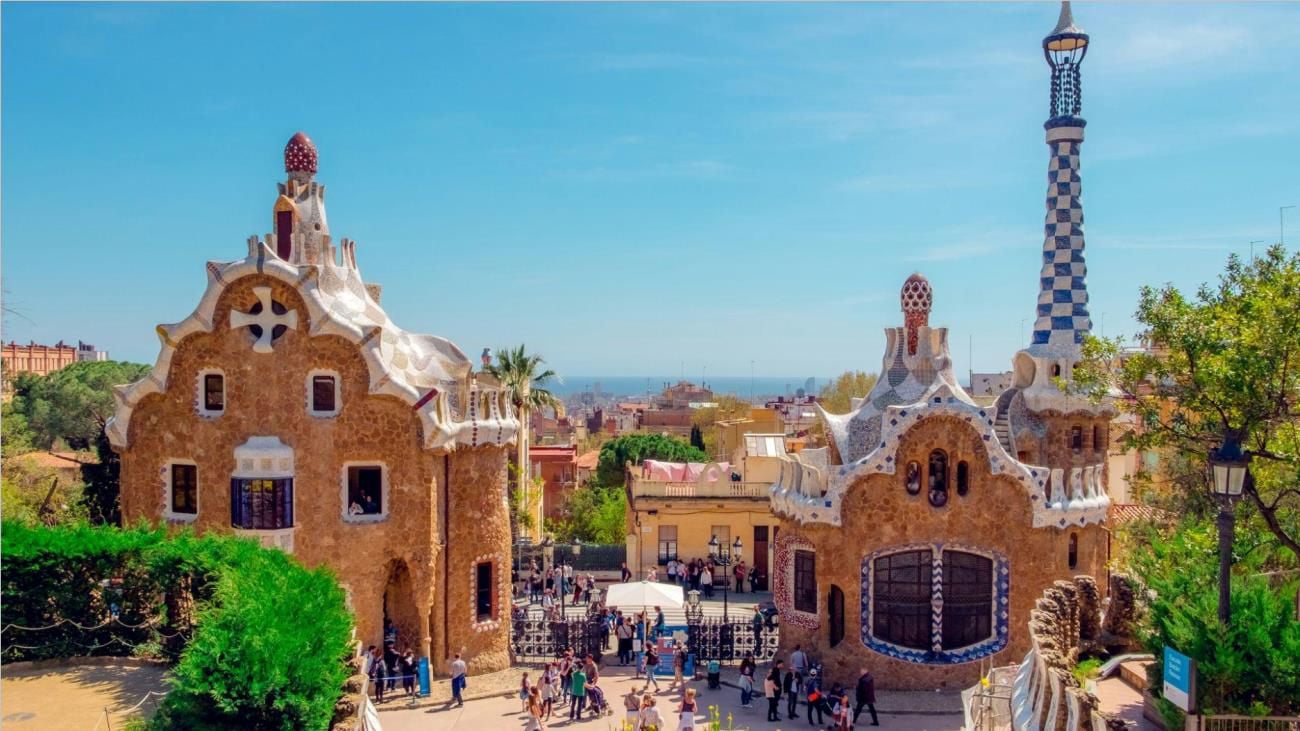
The drought has not let up. Now that it has been ongoing for three years, and now that tight water restrictions are in place, many in Catalonia are concerned about what the future holds. From farmers to tourist workers, the drought is impacting everybody — and their employment.
Some tourism features — such as a free fountain water show — are now shut down. Farmers cannot water their crops as they need to. Barcelona is already worried about how they will deal with an influx of tourists during the traveling summer months. As the drought continues, many may struggle in all aspects of their lives.








































